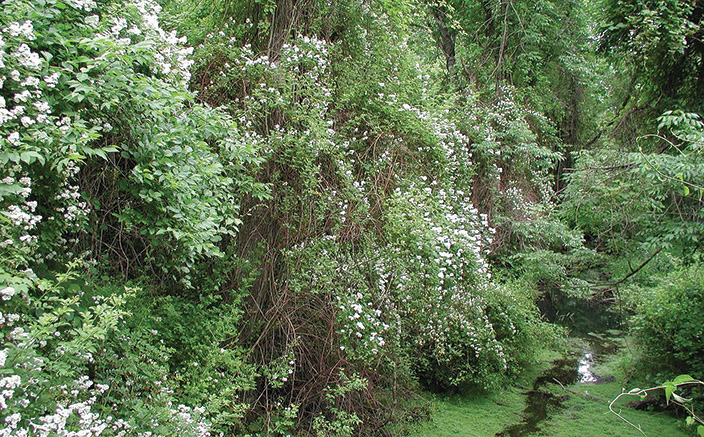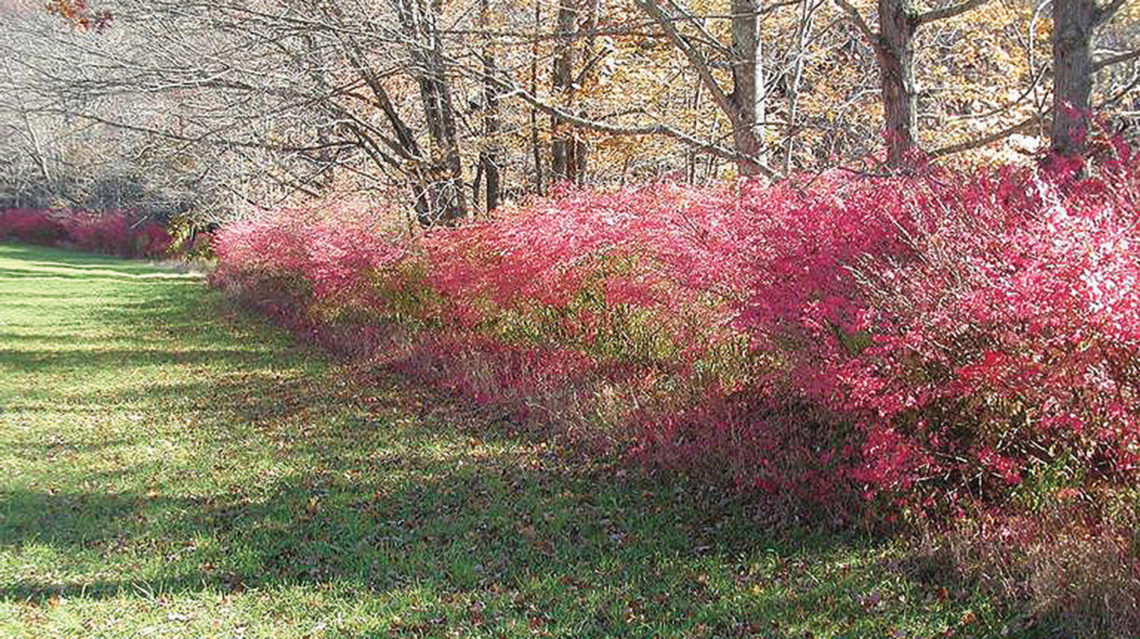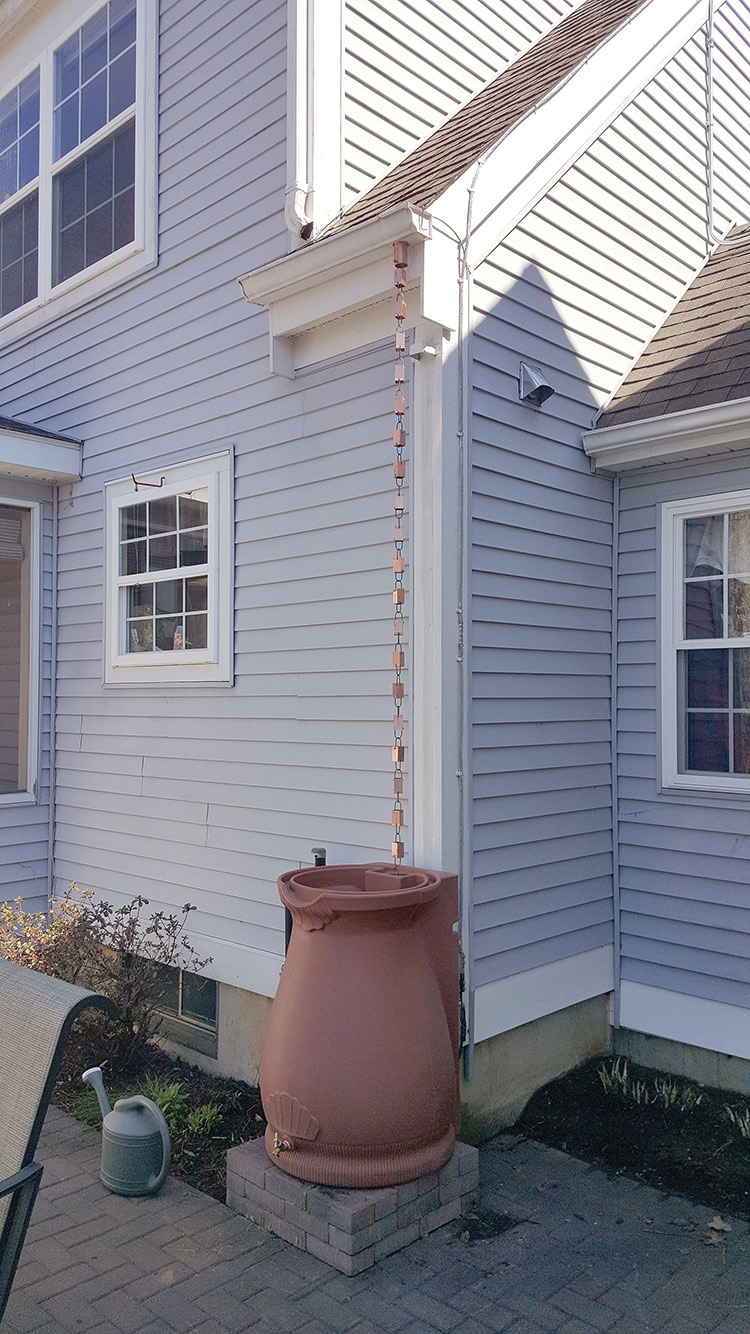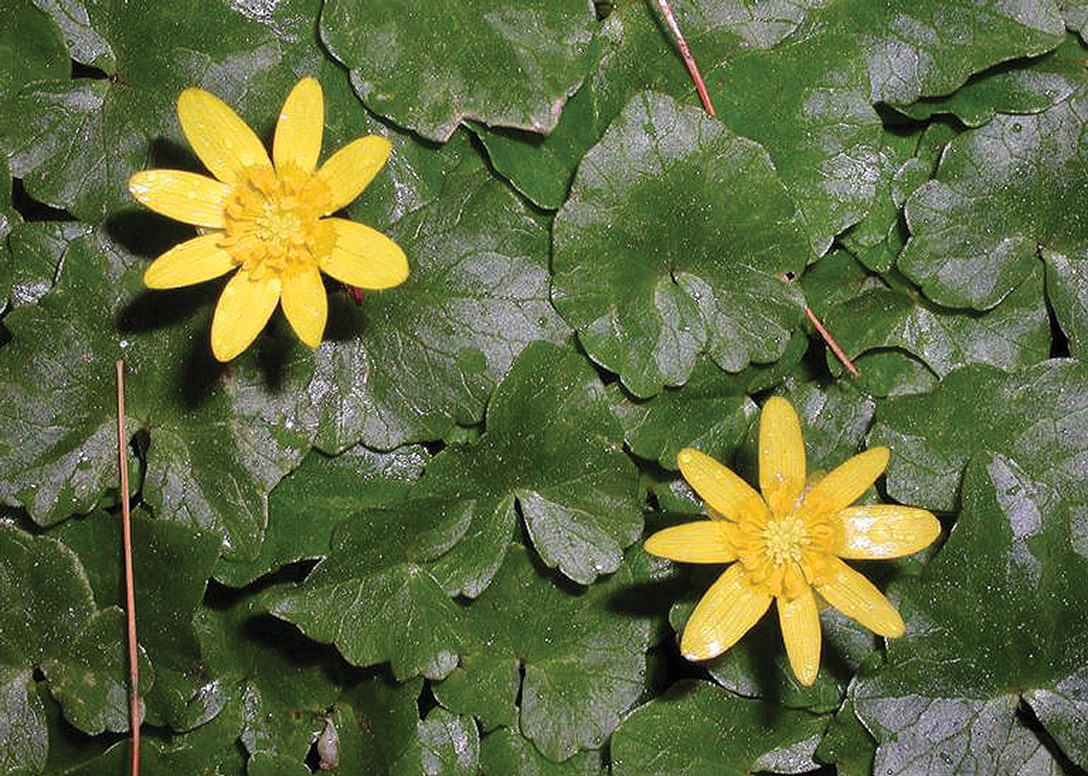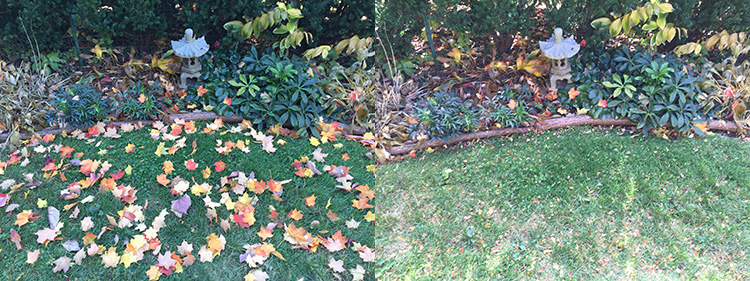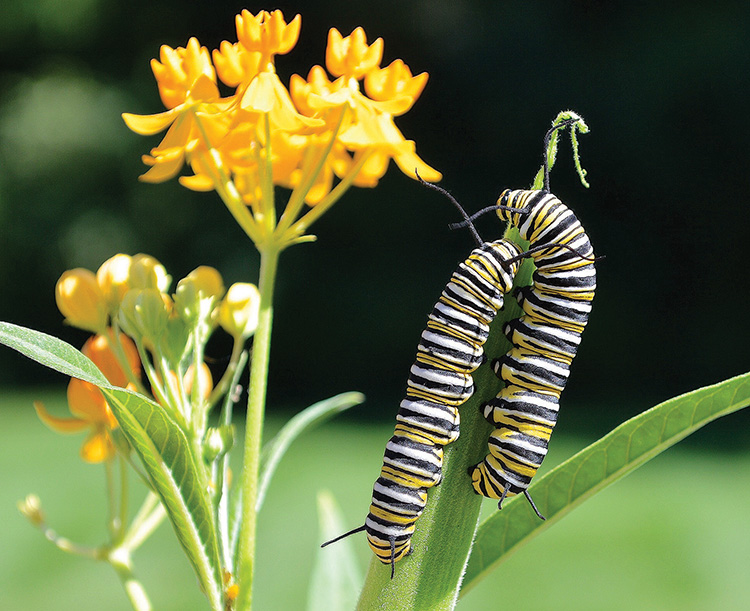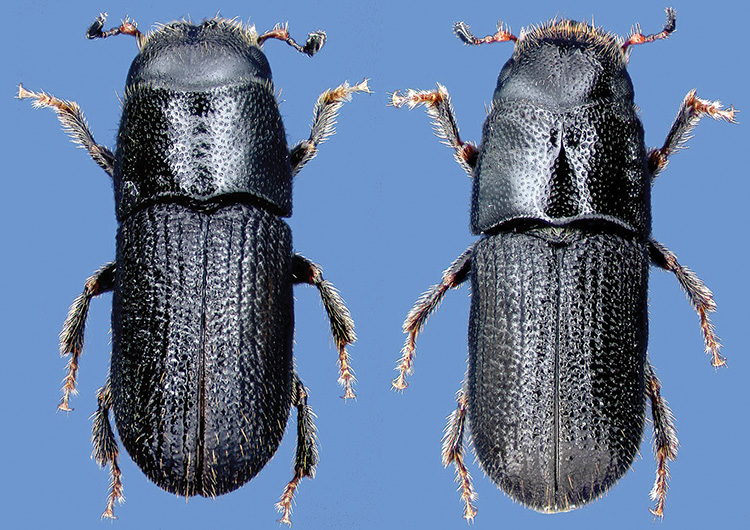MAY-JUNE 2017 – Multiflora Rose (Rosa Multiflora) is a deciduous shrub that flowers from May to June and fruits in September and October. It can reach 15 feet in height and 10 feet in width. It forms dense thickets and can also climb like a vine. Unfortunately, clearing it out be a thorny proposition. It spreads by seed, suckering and branch tip layering. Wildlife help disperse the seed when they eat the hips, which it produces in great numbers. A large plant can produce 500,000 to a million seeds than can survive in the soil for up to 20 years. Wow. It often grows along streams and roads; and in…
-
-
The ‘Lord of the Roots’ Trilogy
By Will Rowlands MARCH-APRIL 2017 – Fungi can be found almost everywhere and have been around for millions of years but most people’s experience with them is probably limited to buying mushrooms at the store or, if they’ve got healthy soil, having them pop up unexpectedly in their lawn. Many of us even have a jaundiced view of fungi because we associate them with pathogens, mildew and decay. The reality is that fungi are an extremely diverse group of organisms that we’re just beginning to understand. Like many things they can be good or bad. In his latest book, Teaming with Fungi, Jeff Lowenfels clues us in on all of…
-
Invasive Burning Bush
MARCH-APRIL 2017 – Burning Bush or Winged Euonymus (Euonymus alatus) is yet another good-looking deciduous shrub that can be invasive if given the chance. When you look out into the forests of Connecticut in the fall and see an understory of red-leaved shrubs, they’re probably either burning bush or Japanese barberry (Berberis thunbergii). Like Japanese barberry, burning bush is on the state’s invasive plant list but is not banned, presumably because there are some cultivars that are less aggressive. Both plants are popular and, since they’re not banned, you’ve probably seen them installed in urban landscapes, most often in hedges and mass plantings. Native to eastern Asia, burning bush has…
-
Water Management Around the Home
By Michael Dietz, Ph.D. SEPT-OCT 2016 – As a result of the Clean Water Act passed in the early 1970s, the quality of the surface waters in our state has improved greatly. However, there is still room for improvement, and the culprit is stormwater runoff from impervious surfaces such as roads, parking lots, and buildings. Fortunately there are things that we can all do to help. This article summarizes some steps that you can take to reduce the impact of stormwater runoff from your property. The main goal of these practices is to prevent stormwater runoff generated on your property from leaving your site. The main sources of runoff on…
-
The Good, The Bad and the Pretty – Invasive Fig Buttercup
JULY-AUG 2016 – There’s been a lot of buzz lately about fig buttercup, also known as lesser celandine and a bunch of other names. It’s been on Connecticut’s Invasive Plant List since the beginning, but we’ve been hearing more about it over the past year or so. You can check out the official list at the website of the Connecticut Invasive Plant Working Group at cipwg.uconn.edu Its botanical name used to be Ranunculus ficaria and it had the same genus name as buttercups. However, its name was recently changed to Ficaria verna. Fig buttercup’s yellow flowers, which may be darker in the center, have 6 to 26 (usually 8) petals.…
-
The Lowdown on Leaves
By Will Rowlands SEPT/OCT. 2015 – Fall is here and, once again, homeowners all over the Nutmeg State will be raking and bagging leaves. While raking leaves in the fall is a New England tradition for many of us, what we actually do with our leaves bears rethinking. I have fond memories of raking leaves with my grandfather in Greens Farms. After we gathered them up, we piled them into a wire mesh container and burned them. I loved watching the sparks flitter around against the night sky. We don’t burn leaves anymore, or make visits to the town landfill with yard waste. So, what are our options? BaggingWell, you…
-
Is Tropical Milkweed Harmful to Migrating Monarch Butterflies?
By Diane St. John [Editor’s Note: At the Connecticut Flower & Garden Show in February 2015 this became a contentious topic. We asked Diane St. John of Natureworks for clarification.] MAY-JUNE 2015 – In Connecticut, we have several perennial, native milkweed species that are the larval food source for monarch butterfly caterpillars. They include the widely available Asclepias syriaca (Common Milkweed), Asclepias tuberosa(Butterfly Weed) and Asclepias incarnata (Swamp Milkweed). Asclepias curassavica (Tropical Milkweed) is an annual milkweed. It grows quickly in containers and dies when the cold weather comes. The monarch nectars at its flowers and lays eggs on its leaves, just like the perennial milkweeds. There has been a…
-
Yet Another New Pest in Town
MAY-JUNE 2015 – The Southern Pine Beetle (SPB) has been found in New Haven, Litchfield and Hartford Counties. Pitch Pine is a preferred host. See the press release at ct.gov/caes SPB is a small, destructive beetle, 2 mm in length. Pines attempt to push the attacking beetles out with a flow of resin. Attacked trees are covered with small popcorn-like blobs of dried resin. If the attack is successful the beetles lay eggs under the bark, the larvae then feed on the circulatory system of the tree, and kill the tree in one to two years. If you see SPB or pines with the popcorn resin, contact The Connecticut Agricultural…
